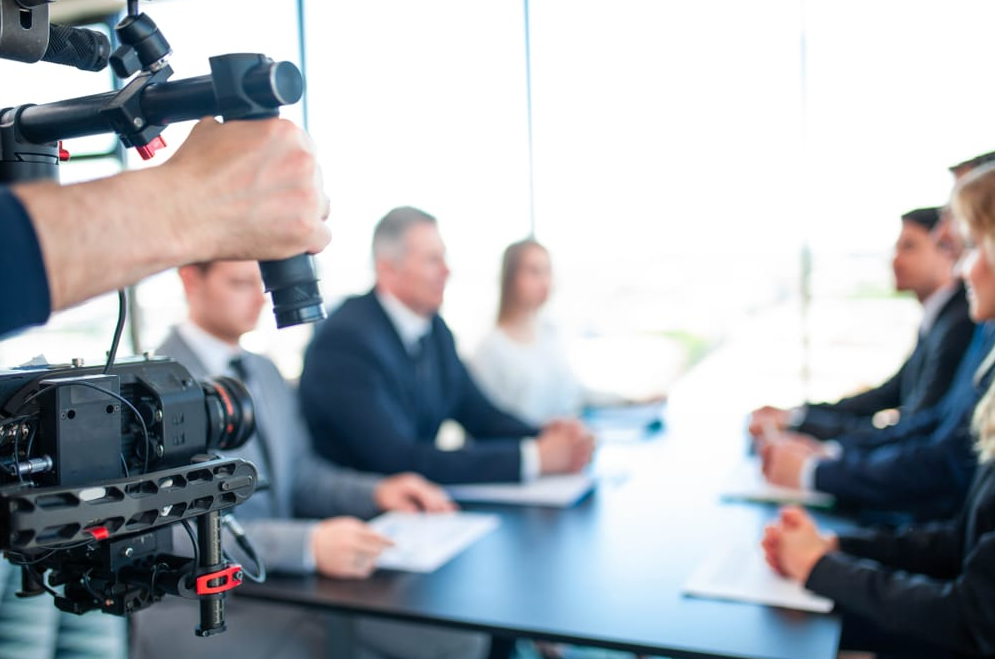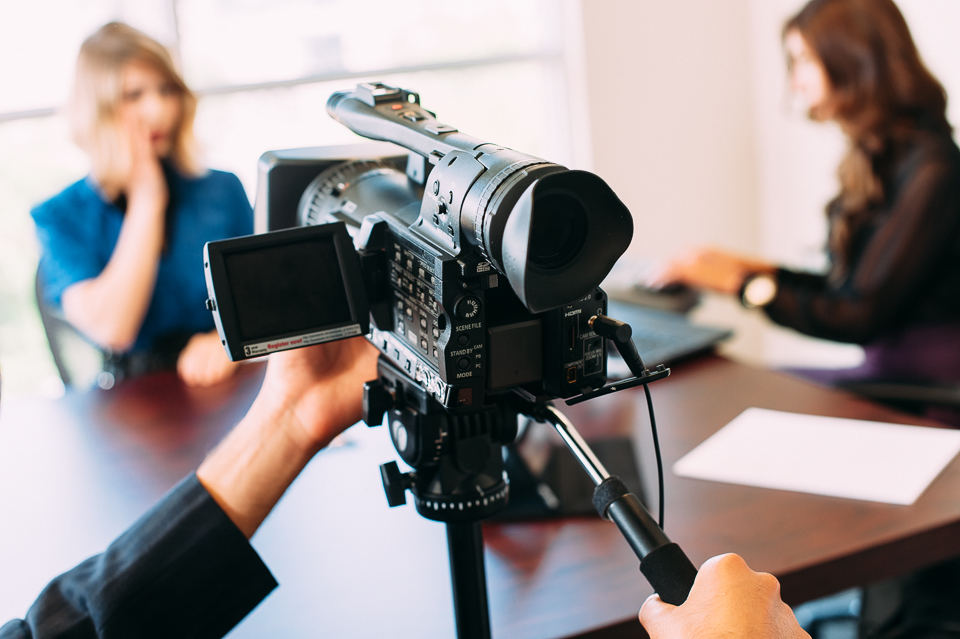Why Legal Videography is Becoming an Essential Tool for Legal Professionals
Why Legal Videography is Becoming an Essential Tool for Legal Professionals
Blog Article
Why Legal Videography Is Vital for Accurate Court Recordings
The function of legal videography in court setups can not be overstated, as it functions as an essential tool for preserving the stability of court records. By catching both verbal and non-verbal interaction, it boosts the clearness of witness testimonies and shows the nuances of court communications. This extensive documentation not only help in reducing prospective misunderstandings but likewise sustains appellate testimonials, therefore enhancing the judicial procedure. The ramifications of integrating legal videography into standard court room methods raise essential inquiries about its more comprehensive effect on the lawful system. What might these ramifications entail?
Importance of Visual Evidence
In the world of legal procedures, the value of visual proof can not be overstated. Visual evidence works as an effective device in establishing realities, affirming statements, and enhancing the general clarity of an instance. This kind of evidence, which includes photos, videos, and diagrams, can give a substantial context that spoken descriptions commonly do not have, thereby offering courts and courts a more clear understanding of the situations surrounding an instance.
Moreover, aesthetic evidence help in the retention of info. Human cognition is inherently aesthetic, and individuals are most likely to keep in mind and comprehend details provided in a visual format. In the court room, this can be important, as engaging visual evidence can persuade point of views and reinforce the narrative provided by legal reps.
Additionally, making use of aesthetic proof can lessen misconceptions and obscurities that often occur from verbal exchanges. By giving a direct depiction of events, aesthetic proof helps to get rid of subjective analyses and promotes a more objective evaluation of the realities. Consequently, the assimilation of aesthetic evidence right into legal procedures not just enhances the honesty of the judicial process yet also enhances the likelihood of attaining a just outcome.
Recording Non-Verbal Hints
Using sophisticated videography methods can dramatically boost the capture of non-verbal signs during lawful process. Non-verbal interaction, consisting of faces, body movement, and eye get in touch with, plays an essential role in conveying emotions and objectives that may not be clearly mentioned in spoken testament. legal videography. Lawful videography utilizes high-def electronic cameras and strategic angles to make sure that these subtle cues are taped with clarity and accuracy
The capability to evaluate non-verbal habits can give valuable context to declarations made during court sessions. A witness's hesitation or confidence can be analyzed through their pose or gestures, potentially influencing the court's perception of trustworthiness. The usage of close-up shots can aid focus on an audio speaker's expressions, allowing for a much more nuanced understanding of the statement.
In addition, integrating several video camera angles can produce a comprehensive view of communications, highlighting dynamics between events involved. This diverse approach not only improves the accuracy of the court document but likewise help in protecting the honesty of the judicial process - legal videography. Eventually, catching non-verbal signs via lawful videography fosters a richer, much more total representation of courtroom proceedings

Enhancing Testament Integrity
The reliability of statement can be substantially boosted via the usage of top quality legal videography. Video recordings work as an unbiased tool that catches not only the spoken words of witnesses but also the subtleties of their delivery, including tone, pacing, and this emotional expressiveness. This multifaceted documents supplies a more clear understanding of the witness's credibility and objectives, which can be essential in lawful procedures.
Moreover, lawful videography minimizes the possibility for misconceptions that might emerge from written records alone. When jurors can observe a witness's disposition and body language together with their statement, they are much better geared up to assess the authenticity and dependability of the evidence presented. This visual context can enhance the testimonial story, making it a lot more compelling and credible.
In addition, the existence of a video clip recording can hinder possible variances in testimony. Witnesses might be much more mindful in their declarations when they recognize they are being taped, leading to even more exact and sincere accounts. On the whole, top quality legal videography boosts the stability of testimony, making certain that the court has accessibility to a full and honest depiction of the facts as conveyed by the witnesses.
Supporting Appeals and Reviews
Legal videography plays an essential duty in sustaining charms and testimonials by providing a comprehensive visual document of court room procedures. This aesthetic documentation catches not only the spoken words of witnesses and lawyers yet likewise the subtleties of body language, tone of voice, and courtroom dynamics. Such elements can be pivotal in recognizing the context of testaments and disagreements offered.
In the appellate procedure, where the emphasis is on errors of law and step-by-step fairness, a video document can work as an important device for appellate courts. It enables judges to evaluate the original test context, guaranteeing that decisions are based upon a full understanding of the proceedings. The ability to aesthetically analyze the demeanor of witnesses or the interactions in between parties anonymous can disclose insights that composed records may ignore.

Furthermore, lawful videography can help in making clear uncertainties in statements or step-by-step judgments, therefore enhancing the basis for an allure. By supplying a trustworthy, objective account of what taken place in court, lawful videography not try this website only sustains the stability of the lawful procedure however additionally empowers all events involved to make informed choices regarding their instances.
Enhancing Court Processes
Enhancing courtroom efficiency, legal videography improves procedures by supplying instant accessibility to visual documents of proceedings. This modern technology enables courts, attorneys, and courts to take another look at crucial statement and evidence, guaranteeing that all parties have a clear understanding of the case. By capturing the subtleties of verbal and non-verbal interaction, videography enriches the record, making it much easier to grasp the context and weight of testimonies.

Additionally, video recordings can help with remote participation in hearings, enabling greater flexibility in scheduling and involvement, which is particularly important in complicated situations involving several stakeholders.
Conclusion
Finally, legal videography plays an essential role in ensuring precise court recordings by offering important aesthetic evidence that catches both spoken and non-verbal communication. This technique improves the integrity of testaments, sustains appellate reviews, and simplifies court processes. By promoting a comprehensive understanding of court room dynamics, lawful videography eventually adds to much more equitable judicial end results, strengthening the stability of the legal system and helping with educated decision-making.
Report this page